My Armstrong ancestors were a huge clan-based family that lived up in the high hills of Cumbria, on the border land between Scotland and England, an area known as the Debatable Lands. They lived by farming and raiding and did not recognize the governments of either Scotland or England. From what is known of their ancestry, they were a mixture of Picts, (the Indigenous people of the hills), Romans, (many of whom were North African), and Vikings.

The Armstrong family got their name, so the story goes, because of one man who was fighting in a battle and saw the king fall off his horse. He picked the king up with one arm and put him back on his horse. The king said, from now on, your name will be Armstrang, or Armstrong. This man moved into the hills, had five wives and many children, who went on to intermarry with the other riding clans in the hills. But they were an always clannish and always feuding clan – you could fight an Armstrong but you would never win, hence the Armstrong motto, Invictus Maneo, which means, “We Remain Unvanquished.” So you could kill an Armstrong but never defeat him because the rest of the clan would be out for revenge.
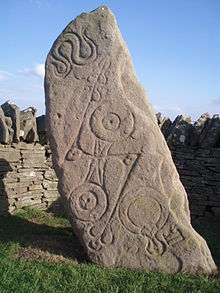 They were pagans and celebrated the pagan festivals, Solstice, Imbolc, Beltane, Lughnasadh, and Samhain. All early Celtic pagan festivals were land-based and celebrated the rhythms of the seasons. Solstice was important because not only was the light returning to the land, but also, it was still deep deep winter, times when sharing of food and other supplies among families was important to get everyone through the dark time, a time for feasting, for bringing in logs for the fireplace, or Yule logs, huge enough to last through days of eating, drinking and storytelling.
They were pagans and celebrated the pagan festivals, Solstice, Imbolc, Beltane, Lughnasadh, and Samhain. All early Celtic pagan festivals were land-based and celebrated the rhythms of the seasons. Solstice was important because not only was the light returning to the land, but also, it was still deep deep winter, times when sharing of food and other supplies among families was important to get everyone through the dark time, a time for feasting, for bringing in logs for the fireplace, or Yule logs, huge enough to last through days of eating, drinking and storytelling.
Imbolc, or the feast of Brigid, is held on February 2, a time in the hills of Cumbria when the snow and the sharp winds would have been retreating and the first sprigs of green grass showing on the hills. Imbolc is a celebration of the awakening natural world and a time of cleansing. New life poking through the soil: buds on trees, heather on the hills, reeds in the swamps, tiny flowers poking through the long grass. Cows’ udders would begin to swell with milk at this time of year, ready for the first births of spring. Farmers would prepare their fields for the first sowings, fishermen would return to the sea, blacksmiths to their anvils. People would sift over seeds and supplies.
Imbol is a celebration of the Celtic Goddess Brigid, and many of the traditions of Imbolc are linked to her magic as Goddess of fire, blacksmiths, wells, healing waters, springs and poets. She is also linked to motherhood, fertility and abundance. My ancestors would hang straw dolls, or Brideogs, over their doors. These were made with straw or rushes twisted into the shape of a doll, wrapped in white fabric to represent a little dress and decorated with the first flowers and greenery from the garden.
People would have been stuck indoors for months. Many Reiver families lived in tall towers called Peel Towers, the family quarters were upstairs and the livestock lived downstairs.
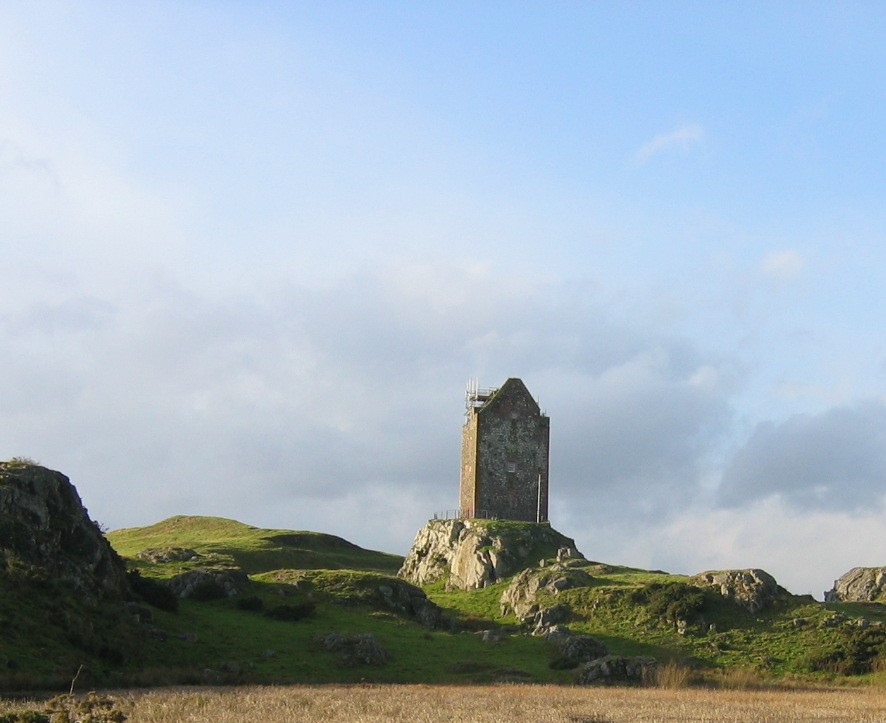
So Imbolc was it would be time to turn the animals out and do good spring clean usually before Imbolc Eve. Clean the accumulated ashes out of the hearth, and then light a new fires, a fire that not only celebrated the Fire Goddess Brigid, but also recognized the returning power of the sun. Lighting a fire would have been an opportunity to gather with friends and family, and reflect, share and laugh together. Imbolc was a time feasting because new crops and new food were on their way and clan and their livestock had made it through the winter without starving. Now was the time to open the doors and clean out the dust and ashes and manure, carry in fresh water for cleansing, lay new rushes on the wall, and attend to fixing tools, horse tack, anything broken.
Bringing in fresh water also meant an opportunity for visiting holy water; a spring or a well, to thank the spirits of the water for their many gifts. Water carries messages of love, hope and healing and there were many springs and streams, now released from ice, burbling in the hills.
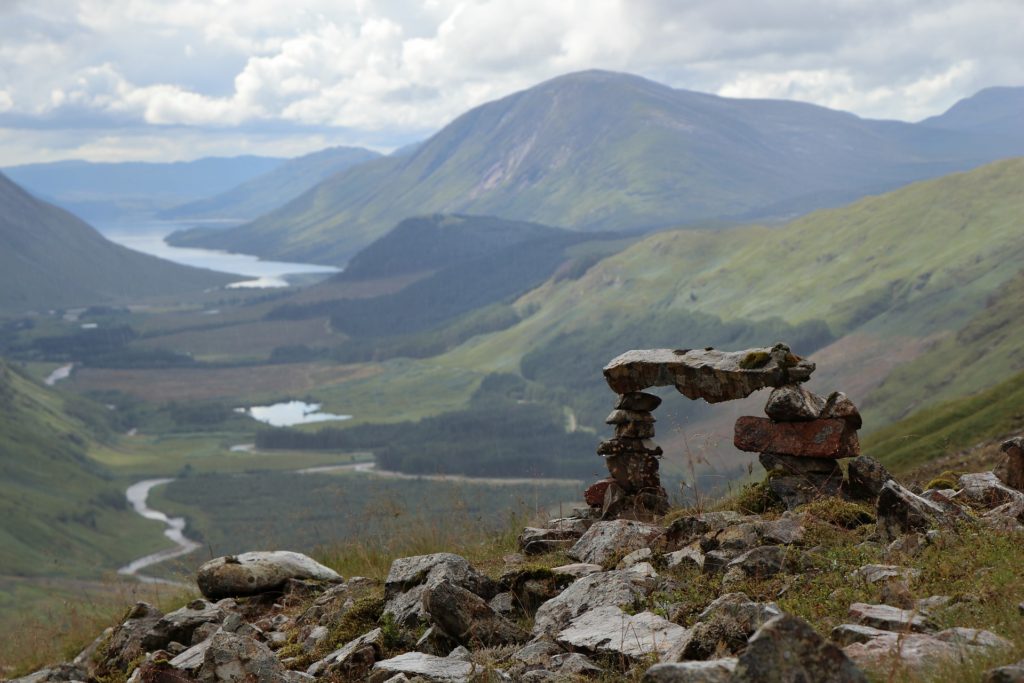
Imbolc was especially important and vital because the Armstrong Border Reivers were a horse clan. They rode small tough black mountain horses, strong enough to carry a rider, loaded with weapons and armor, for many days of raiding. The word ‘blackmail,” comes from the Armstrong reviers. You paid greenmail or rent to your land lord, but blackmail, or everything you had, to the Armstrongs. They couldn’t survive in the high hills on just farming, so when spring came, they went raiding.
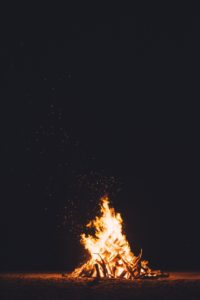 The welfare of their livestock was deeply important to the Armstrongs and in particular, their horses. At one point in their history, the Armstrongs could mount over a thousand riders in twenty minutes from a system of signal fires on the hills.
The welfare of their livestock was deeply important to the Armstrongs and in particular, their horses. At one point in their history, the Armstrongs could mount over a thousand riders in twenty minutes from a system of signal fires on the hills.
And indeed, horses have always run through our family history – my first Armstrong ancestor in Canada imported horses from Scotland into Canada, and my grandfather William Armstrong imported horses when he settled in Creston. His brother Peter was renowned as a rider and trainer.
At five, I learned to ride from my neighbors, Shirley and Nora O’Neil, to whom I still owe a great debt. Their mom was Indigenous and their dad was Irish. He and his sons caught wild horses in the Columbia River Valley, brought them home, “broke” them to ride, and then gave them to us kids to ride until they were sold. So we went everywhere bareback on these horses, down to the lake, into the water, up the mountains, wherever horses would or could go, we went. My sister and I both still ride and will until we die, preferably on horseback. My sister is a much better rider and trainer than I am and understands horses on a deep and intuitive level.
Incidentally, most Indigenous people in North America believe they had horses and were horse people long before white colonization. There is some genetic evidence that the wild horses in British Columbia are related to the horses in Siberia, so it is entirely possible that we were riding their descendants.
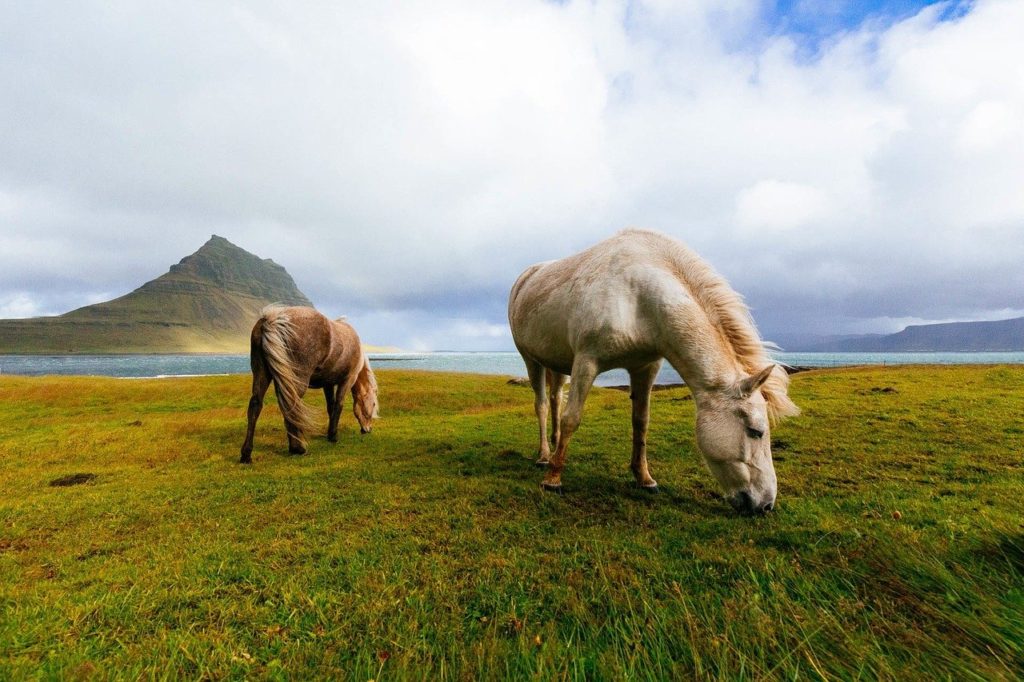
I began looking for my ancestry when I was working with Indigenous people at a small college in Merritt, British Columbia. One day, my class and I were walking along the sandy shore of Nicola Lake, and they were talking casually about their ancestral history and the people who had lived there before them. I was struck hard by a wave of grief and questions. Where were my people and what was my land? This sent me on a long quest which I am still on, to understand how I live where I live, and what my relationship is with the many other beings with whom I share the land where I live.
I am one of the few non-Indigenous people I know who have always lived in the same place, because this place, the lake, the mountains, the trees, the other beings have made me who I am and so I could not live away from here. One of my poetry teachers said to me, “The land was your mother and your father,” and that is true.
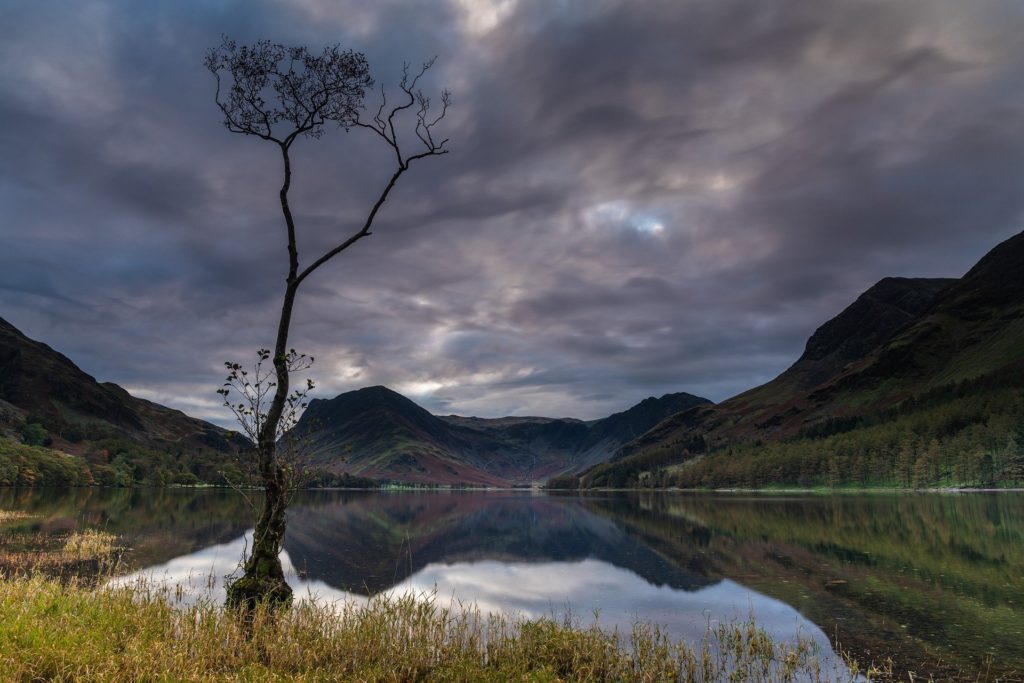
But the land has a curious emptiness. When my ancestors came to North America, (driven out finally by the English king) they left all the stories, songs, celebrations, and rituals behind them. For me this is a huge absence. So I have made my own rituals: the places I visit at certain times, the walks I take every day, the food I grow and the food I eat when it is in season. Every August, I dress up and eat the ripest, juiciest peach I can find. I do the same with the golden plums. When I was a child, the rocks at the edge of Kootenay Lake sang to me every day after school, and although they stopped as I got older, I still listen for them.
Chris Luke Senior, the Nasookin and spiritual elder of the Yaqan Nukiy people, one of the bands of the Ktunaxa Nation, with whom I work as an editor on his books, said to me one time, very simply, “If you go and you sit and you wait and you listen, the spirits of the ancestors will speak to you.” Thank you, Chris, for your wisdom. I do. I listen for them every day.
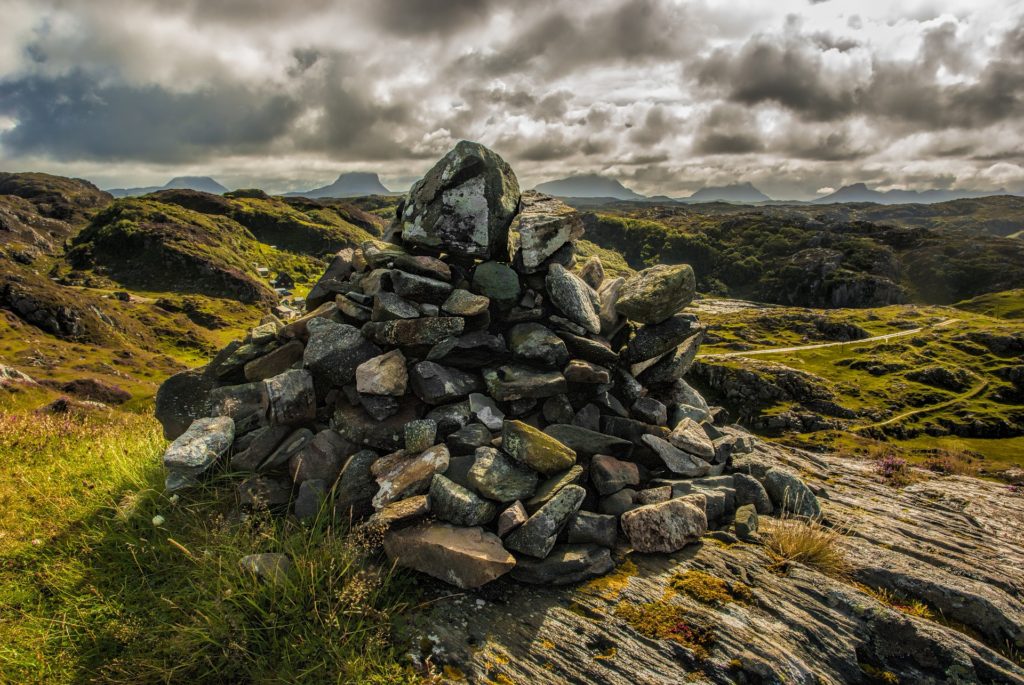

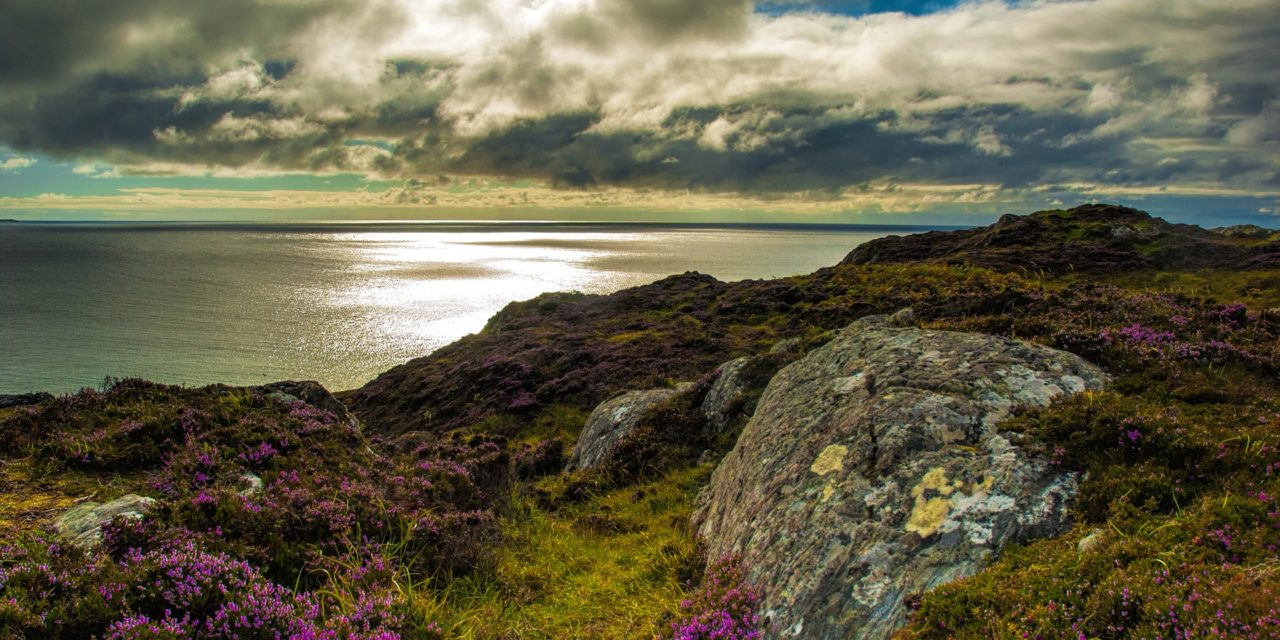
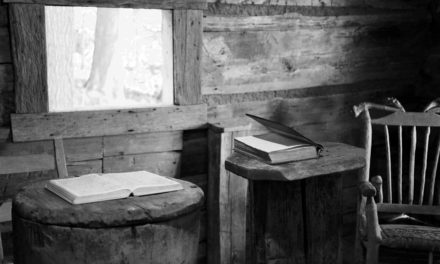

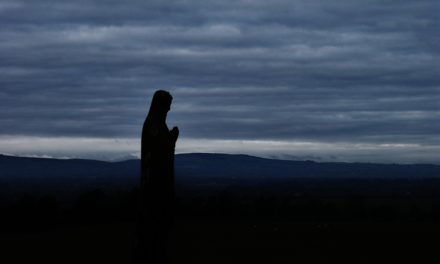
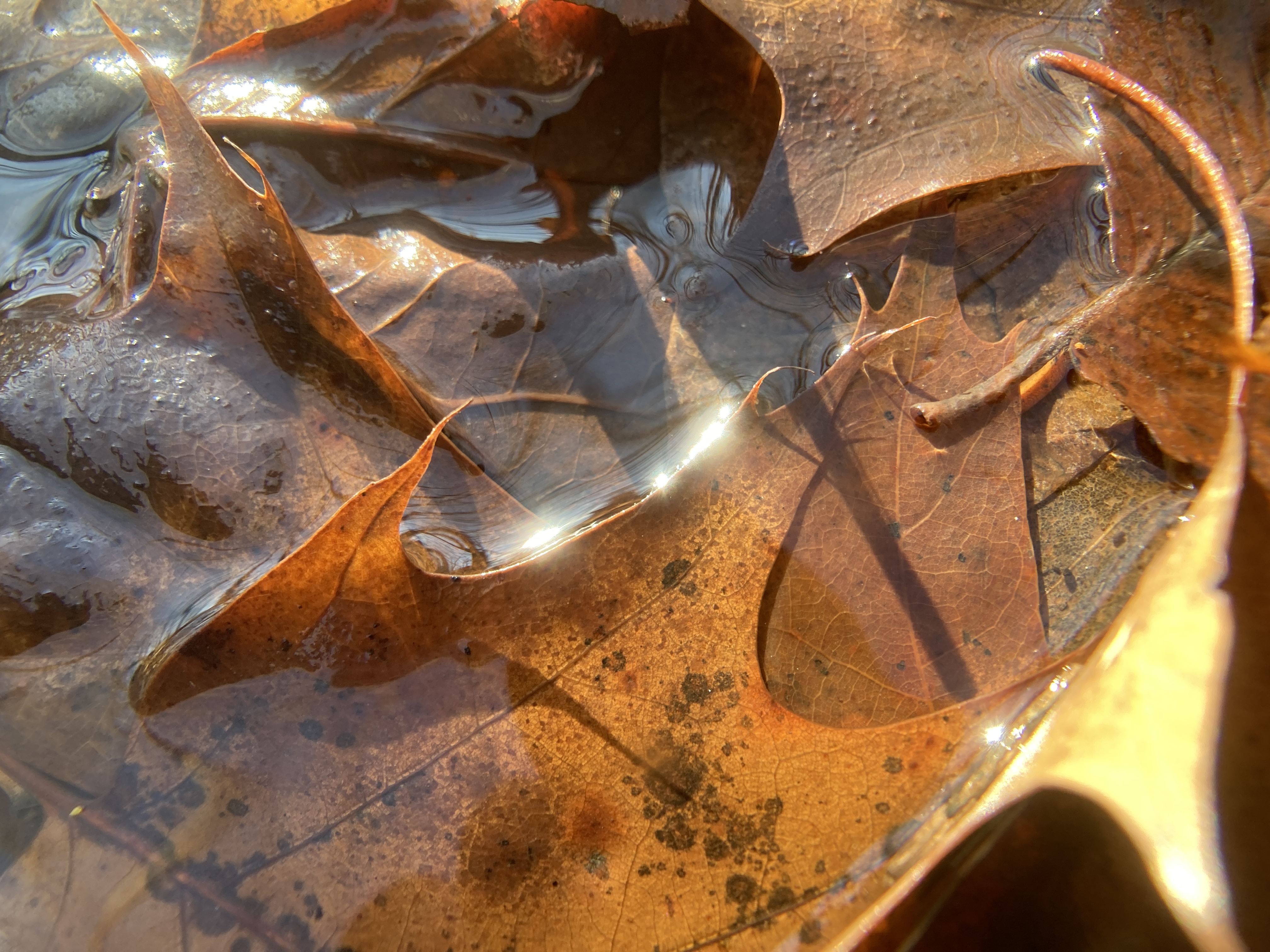

Thank you for this beautiful article!
My paternal grandmother was born in Wigton.